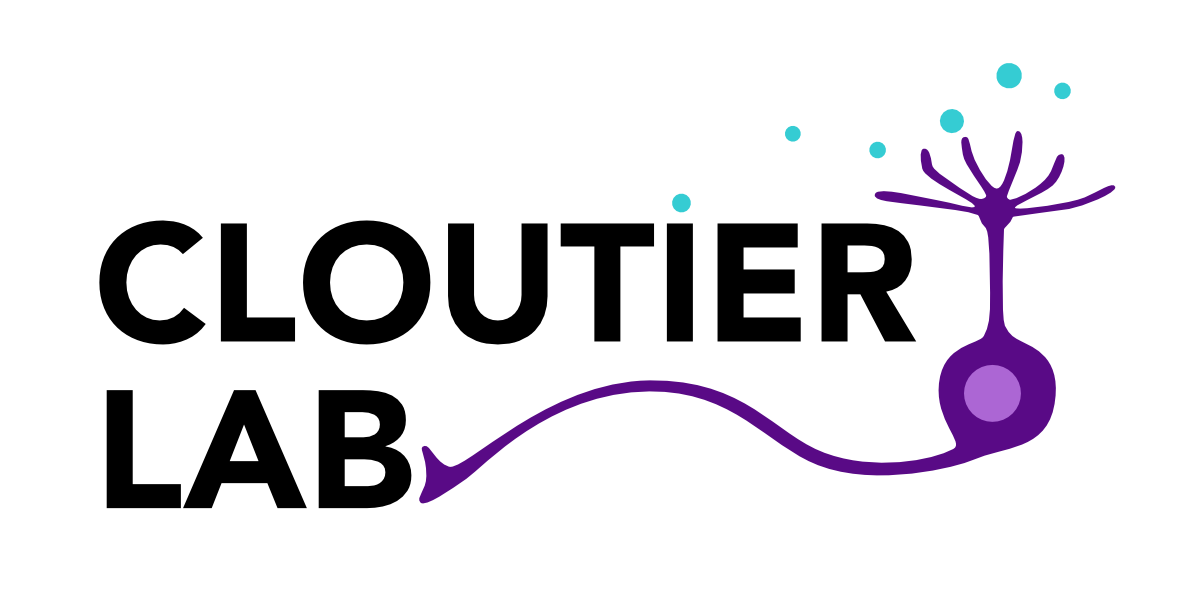Neural Circuit Assembly in the Healthy and Diseased Brain.
The flow of information in the central nervous system is dependent on the formation of selective and functional synaptic connections within complex circuits in the brain. Alterations in the formation or maintenance of neuronal circuitry have been linked to certain forms of intellectual disability and brain dysfunction, including those associated with various neurodevelopmental disorders, such as autism spectrum disorder. Thus, deciphering how neural circuits are assembled and modulate our behaviours is instrumental for our understanding of how the brain normally functions and how these processes may be affected in neuroatypical individuals. We examine how billions of neurons are generated in the nervous system and how they selectively form accurate synaptic connections.
Sensory perception in the olfactory systems.
Interactions with our environment rely on our capacity to gather and process information from our surroundings using our nervous system. How specific wiring of the brain leads to its normal function remains a key question in the field of neuroscience. Sensory systems, such as the olfactory systems, are particularly useful for providing insight into how discrete circuitry is constructed and functionally organized in the brain, as well as how information gathered from the external world is processed to mediate behaviors. In rodents, social and sexual interactions rely on the detection of chemosignals, often termed pheromones, which promote specific innate behaviours, including sexual mate recognition, parental behaviors, and aggression. We study how alterations in synaptic connectivity in the olfactory systems modulates sensory coding and social behaviours.
Neural Crest Cells and Craniofacial Birth Defects.
Craniofacial malformations, such as a shorter lower jaw or cleft palate, are estimated to account for approximately 50% of all human birth defects and have been associated with a wide variety of syndromes including the Pierre Robin and DiGeorge syndromes. The formation of the skull and facial structures is dependent on a population of multipotent cells termed the cranial neural crest cells that give rise to some cartilage and bones of the face, as well as to neurons and ganglia of the peripheral nervous system. We study the molecular mechanisms that regulate the differentiation of cranial neural crest cells during embryogenesis.
Our Research is made possible by our dedicated team members and by funding from the Canadian Institutes of Health Research, the Natural Sciences and Engineering Council of Canada, and the Azrieli Centre for Autism Research.



